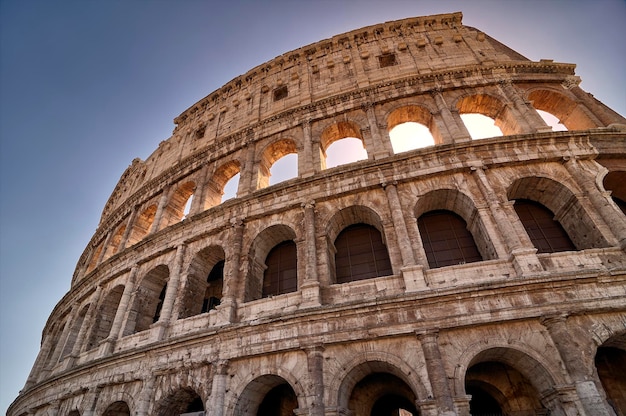The Coliseum of Rome: Stunning Free Stock Photo for Download
The Coliseum of Rome: A Timeless Marvel
The Coliseum, located in the heart of Rome, stands as a magnificent symbol of ancient architecture and history. This iconic amphitheater has captivated millions of visitors with its impressive structure and rich past. As one of the most recognized landmarks in the world, the Coliseum continues to tell stories of gladiators, epic battles, and the vibrant culture of the Roman Empire.
A Glimpse into History
Constructed in AD 70-80, the Coliseum was originally known as the Flavian Amphitheatre. It served as a venue for public spectacles, including gladiatorial contests and other events. Here are some interesting facts about the Coliseum:
- Architectural Feat: The Coliseum measures an astonishing 189 meters in length, 156 meters in width, and 48 meters in height.
- Seating Capacity: It could accommodate about 50,000 to 80,000 spectators.
- Constructed from: The main materials used were travertine limestone, tuff (volcanic rock), and brick.
An Architectural Wonder
The Coliseumâs design showcases Roman engineering brilliance. Its elaborate system of vaults and arches not only provided strength but also allowed for efficient crowd management. The distinct features of the structure include:
- Tiered Seating: The seating arrangement was designed to allow easy access and great views for all spectators.
- Hypogeum: Beneath the arena floor, there was a complex series of tunnels and chambers used to house animals and gladiators before contests.
- Special Effects: The Coliseum often had elaborate shows which included elaborate sets and even water being brought in for naval battles.
Visiting the Coliseum Today
Today, the Coliseum remains a must-visit attraction for tourists from all over the globe. Its historical significance and breathtaking architecture draw millions each year. When visiting, here are a few tips to enhance your experience:
- Book in Advance: Tickets sell out quickly, so it is wise to plan ahead.
- Consider a Guided Tour: Learning from knowledgeable guides can provide deeper insights into its history.
- Explore Surrounding Areas: The Coliseum is close to other historical sites, such as the Roman Forum and Palatine Hill, making for a rich exploration of ancient Rome.
Final Thoughts
The Coliseum of Rome is more than just a historic site; it is a representation of human ingenuity and the allure of ancient cultures. Whether you are an architecture enthusiast, a history buff, or a casual traveler, the stories held within its walls and the majesty of its structure are sure to leave a lasting impression.












